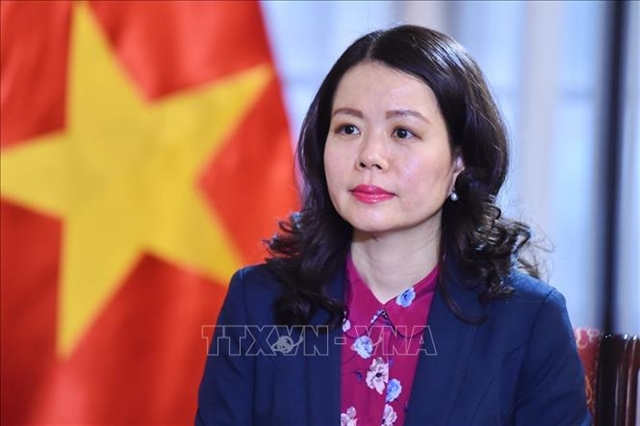 Opinion
Opinion

The verdict on the case filed by the Philippines against China’s territorial claims in the East Sea (commonly known as South China Sea), in the long term, will substantially contribute to peace and stability in the region, an expert said.
 |
| Trần Việt Thái, Deputy Director of the Institute for Foreign Policy and Strategic Studies under the Diplomatic Academy of Viet Nam.— Photo vtc.vn |
HÀ NỘI – The verdict on the case filed by the Philippines against China’s territorial claims in the East Sea (commonly known as South China Sea), in the long term, will substantially contribute to peace and stability in the region, an expert said.
The tribunal constituted under Annex VII to the 1982 United Nations Convention on the Law of the Sea (UNCLOS) ruled on seven of the 15 points brought up by the Philippines.
The ruling is generally in favour of the Philippines, says Trần Việt Thái, Deputy Director of the Institute for Foreign Policy and Strategic Studies under the Diplomatic Academy of Việt Nam, in an interview with Vietnam News Agency .
Accordingly, the tribunal rejected the legal basis of the so-called nine-dash line along with historic rights over waters within this line. It also made clear judgments regarding China’s actions that harm the marine environment and violate the UNCLOS.
The rejection of the nine-dash line’s legal basis has considerably reduced the scope of disputes in the region, especially in Trường Sa (Spratly) archipelago, Thái says.
This is the first time the tribunal clearly defined characteristics of maritime features such as islands, rocks and low-tide elevations.
It provides an important foundation for countries to conduct sea demarcation, fully assess their claims, and clarify their stance on the East Sea.
The verdict gave important criteria for countries, not only in the East Sea but also around the world, to behave towards one another, he notes.
As the ruling is detailed in 500 pages, it will take time to fully understand and have precise assessments of its content, Thái says.
Generally speaking, what the PCA ruled is relatively similar to the eight-point stance in the Vietnamese Government’s statement issued on December 5, 2014, Thái says.
The statement declared that Việt Nam acknowledged the tribunal’s authority over the case lodged by the Philippines. It refuted any sovereignty claims based on the nine-dash line of China. Việt Nam believed that the eight features the Philippines mentioned in the case are either low-tide elevations as pursuant to Article 13 of the UNCLOS, or rocks as pursuant to Article 121, Item 3 of the UNCLOS.
The ruling on July 12 proves that this stance held by Việt Nam is justified, the expert notes.
He says Việt Nam’s response to the verdict in the coming time depends on different factors, including the response and behaviours of China and the Philippines, developments in the East Sea, and the response of other relevant sides and countries around the world. — VNS




